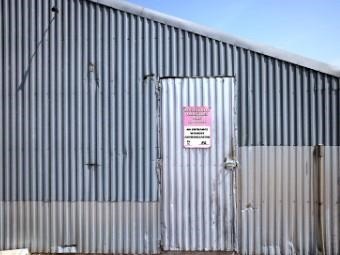By VIRGINIA A. ISHLER
The beginning of 2022 appears to have its challenges with inflation and supply chain concerns. These will have ripple effects for cattle producers with continued high feed costs. As companies struggle with getting ingredients and maintaining their margins, it is likely that ingredient substitution may occur in grain mixes. Obtaining certain commodities at the farm level maybe difficult depending on supply and price. These situations not only impact the farm’s bottom line, but also the levels of phosphorus (P) and the quality of protein provided. Weather conditions are an unknown and the prediction of another La Nina could cause continued drought conditions and potentially higher temperatures across the northeast. None of us can see into the future, however, being aware of these possibilities can help maintain good feed management strategies while keeping nitrogen (N) and P in line. Nutrient management, regardless of external forces, is still relevant to dairy operations.
The past five years have seen its share of ups and downs with market prices. Figure 1 shows what alfalfa, mixed and grass hay have done in Pennsylvania. If purchasing hay for the lactating herd, mixed mostly legume hay is cheaper compared to straight alfalfa. The P content is similar, and protein can be comparable. It is not surprising why operations forced to purchase grass hay usually have excessive feed costs, especially for the dry cows and heifers. Straight grass hay is just as pricey as mixed hay. Even though P content may be similar, the protein content can be extremely variable. This is a good reason for routine forage testing. January 2022 hay prices are included in figure 1 and so far, they are selling at a lower price compared to last year's average.
The high total feed costs for 2021 stemmed more from commodities compared to hay prices. Figure 2 shows the costs for commonly fed commodities in Pennsylvania. With the projected higher costs for fertilizer and fuel in 2022, it shouldn't be surprising if these prices remain high or increase. Switching out ingredients solely on price is where P levels can change, and protein quality and efficiency compromised. Maintaining good feeding management practices in 2022 will entail keeping a watchful eye on prices and the implications of changing ingredient sources without verifying P content and protein quality. Starting off in 2022 is showing the same high commodity costs compared to 2021’s average.
Implementing good feeding management practices are beneficial to controlling feed costs, improving, or maintaining milk production and ensuring that P and N intakes are not excessive. Nutrient management and water quality concerns are an integral component of farming. Keeping rations consistent is a major objective of a good feed management program. Routine feed testing including the TMR, and grain mixtures may be more critical this year compared to previous years.
Figure 1. Alfalfa, mixed hay and grass prices in PA for the past 5 years.

Figure 2. Costs for commonly fed commodities in PA.

Source : psu.edu